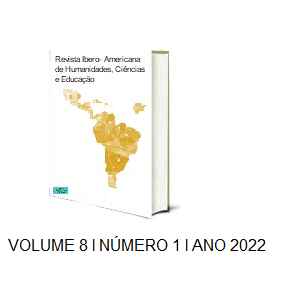INCLUSÃO DIGITAL EM ESCOLAS PÚBLICAS: TENDÊNCIAS PEDAGÓGICAS NAS SÉRIES INICIAIS
DOI:
https://doi.org/10.51891/rease.v8i1.3787Keywords:
Information and Communication Technologies. Digital inclusion. Basic education.Abstract
Analyzing the growth in the computerization of services offered to today's society, the need for digital inclusion of citizens in this way of life is increasingly sought. When these technological resources are used, they must be appropriated from means where information and communication technology (ICT) is directed to enforce the inclusion of individuals in this cyberspace. In this way, the school presents itself as an environment capable of immersing such technologies in the service of a teaching methodology in favor of the interaction of students in this information society, thus nullifying social differences not relevant to this process. When using different media, which collaborate for the appropriation of a communication environment, the computer and its countless resources stand out as an access tool supported by different social programs of the federal government. Based on these precepts, this paper aims to analyze the main challenges that digital inclusion imposes on the early years of elementary education in public education, from the point of view of the barriers and advantages for its implementation. It is research in which the bibliographic review method was used, which is developed based on material formed, generally, by books, official websites, periodical publications and scientific articles.
Downloads
Downloads
Published
How to Cite
Issue
Section
Categories
License
Atribuição CC BY

